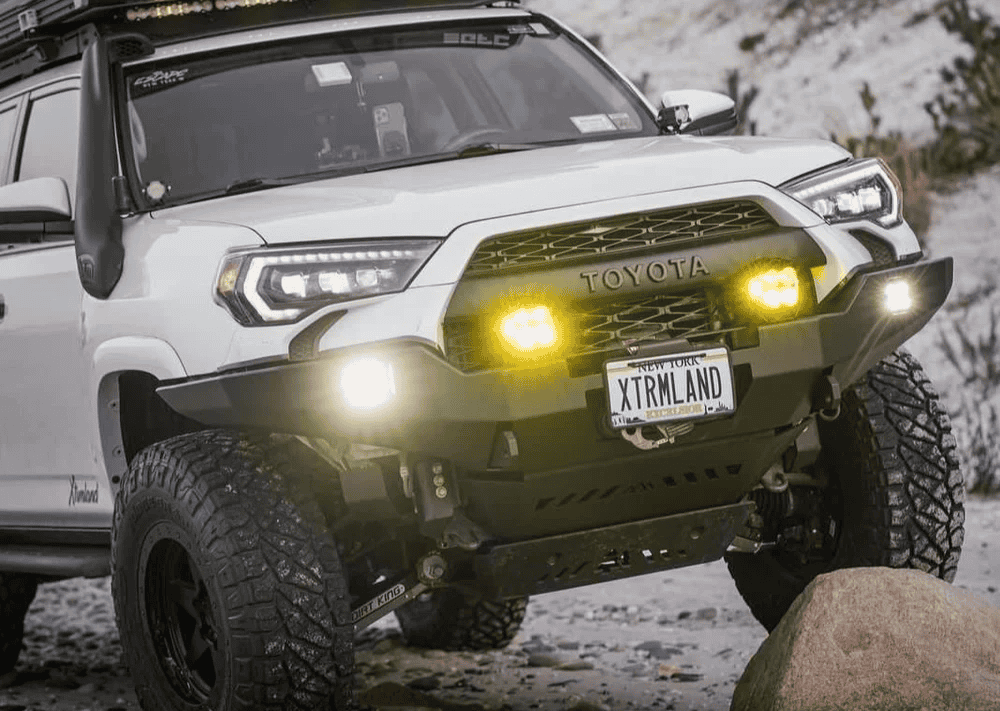Overland Vehicles

A survival ready vehicle is built around self sufficiency, not showroom flair. The core goals are mobility, endurance, and risk reduction. Mobility means traction, clearance, protection, and steering that remain dependable when surfaces turn sloppy or uneven. Endurance is about power generation, water and fuel management, and reliable storage that does not rattle apart. Risk reduction includes communications, navigation, medical access, fire prevention, and the ability to recover the rig without outside help.
Think in systems. Start with tires that suit the terrain and climate you expect, then match suspension and gearing to the weight you will carry. Protect vulnerable components like the oil pan, transmission, steering, and fuel tank with skid plates. Add a front recovery point and rear recovery options that align to the frame. Keep electronics isolated from heat and moisture. If one system fails, the others should still get you home.
Electric demands rise fast once you add refrigeration, radios, pumps, and lighting. A dual battery setup with a smart isolator or DC to DC charger prevents deep discharges from stranding your starter battery. Solar can offset idle time and reduce generator use. Use proper cable sizing, fusing, and strain relief. Label everything and document circuits for quick diagnostics in the field.
Plan range using worst case consumption. Add safe fuel storage only if your platform allows proper venting, secure mounts, and weight balance. Water is heavier than most expect, so size tanks thoughtfully and include filtration, not just storage. Keep coolant, oil, brake fluid, and belts onboard with the tools to use them.
Offline maps, weather data, and messaging change outcomes. Carry layered tools: a vehicle mounted radio if appropriate for your region, a satellite communicator for check ins, and a phone with detailed offline maps. Mount antennas and devices away from high heat or crush zones and route cables with abrasion protection.
The highest value survival vehicle modifications are the ones that prevent getting stuck or stranded in the first place. Tires with strong sidewalls, an appropriate load rating, and a tread that suits your surfaces are non negotiable. Pair them with a suspension tuned to your payload so the vehicle does not wallow or bottom out on ruts and washboards. Steering stabilization can reduce driver fatigue on long gravel stretches.
Underbody armor protects the parts that end trips. Skid plates and rock sliders preserve steering gear, differentials, and rocker panels. Quality recovery points front and rear are essential. An onboard air system speeds tire repairs and pressure adjustments for sand, mud, and rock. Pack a full recovery kit with kinetic rope, soft shackles, tree saver, traction boards, and gloves. Practice with your gear before you need it.
Electrical reliability hinges on simplicity and serviceability. Use marine grade wire, heat shrink, and proper crimping. Group critical loads on their own fused circuits. For lighting, prioritize aim and beam pattern over raw lumens. A clean beam reduces glare in rain and fog and lowers driver fatigue. Add scene lighting for camp and work spaces, and a red or amber option for preserving night vision.
Safety is a system too. A compact medical kit, fire extinguisher accessible from the driver seat, and carbon monoxide detector can be lifesavers. Secure all cargo so it cannot become a projectile. Manage weight carefully; excess mass reduces range, increases braking distances, and strains suspension components. Keep the rig within gross vehicle weight rating with a safety margin.
A robust house power system starts with a properly sized battery bank and a charging plan that fits your driving patterns. Alternator, solar, and shore inputs should be coordinated by a charge controller that supports your chemistry. Inverters should match real loads, not marketing claims. Vent battery compartments if required and maintain service access to fuses and bus bars.
Train as you build. Know how to choose anchor points, conduct a safe pull, deflate and reinflate tires, and patch a sidewall. Store your kit where it can be reached without unloading the vehicle. Keep a paper checklist for night or storm scenarios when thinking gets fuzzy.
Build a checklist culture. Pre trip inspections catch loose hardware, cracked bushings, and chafed wires. After action notes reveal what you used and what only added weight. Schedule fluid changes based on severe duty intervals if you spend time in dust, heat, or cold. Carry spares that match your platform: belts, fuses, a serpentine tool, tire repair kit, and appropriate fluids.
Legal and ethical considerations matter. Know local rules for radios, recovery on public land, and where vehicles are allowed off pavement. Tread lightly to preserve access. Share route plans with a trusted contact and set decision points for turning back before conditions exceed your risk tolerance.
If you decide to have a professional shop execute your survival focused upfit, pick builders who understand payload math, wiring standards, and recovery physics. The right partner will design for serviceability and document every system so any qualified technician can help you later.
OZK Customs builds practical, field ready upfits in Fayetteville Arkansas with a focus on overland travel. Explore our overland rigs for ideas that prioritize reliability over fluff, and see our custom overland upfit approach for suspension, power, storage, and protection tailored to your route. New to our shop and philosophy? Start with why choose OZK Customs to understand how we design and hand off builds that are ready for the road.
Your route might change. Your gear should not. Share your goals, payload, and must have systems, and we will design a balanced, serviceable build that keeps you moving when conditions turn rough.
Links to explore:
Ready to build for the unexpected? Tell us how you travel, where you go, and what you must power. OZK Customs will blueprint a reliable, serviceable upfit that fits your route, payload, and timeline—then deliver a dialed handoff at our Fayetteville Arkansas shop.
ADDRESS:
6159 E Huntsville Rd, Fayetteville, AR 72701
PHONE:
(479) 326-9200
EMAIL:
info@ozkvans.com